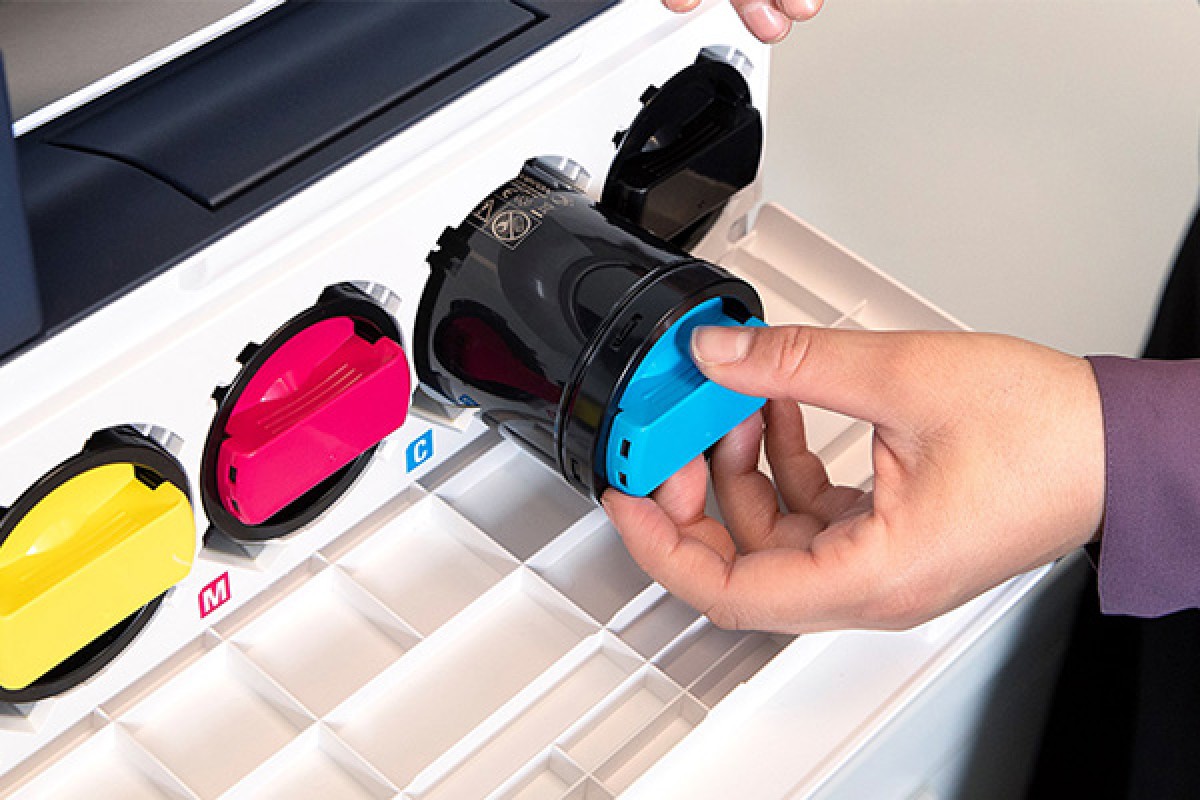
Why Printing Uses CMYK?
CMYK printing is the standard in the industry. The reason printing uses CMYK comes down to an explanation of the colors themselves. CMY will cover most lighter color ranges quite easily, compared to using RGB. However, CMY by itself can’t create very deep dark colors like “true black,” so black (designated “K” for “key color”) is added. This gives CMY a much wider range of colors compared to just RGB.
The use of CMYK (cyan, magenta, yellow, and black) for printing has become kind of a trope for printers. But the reason why printing uses CMYK isn’t that well known, even to many graphic designers.
On the surface, it doesn’t seem to make sense. You might even have learned in elementary school that the primary colors — red, green, and blue (RGB) — are the primary colors, from which all the other colors come. After all, monitors, projectors, and television sets use red, green, and blue (RGB) to create all the other colors. Mixing some of these colors produces the secondary colors — cyan, magenta, and yellow. Mixing them all produces white.
Primary colors however, are arbitrary. There are several competing color models, and the theory behind color is quite complicated. However, partly for historical reasons, and mostly because most electronic screens are dark, we use RGB color models for most light producing imaging devices such as monitors and projectors. Combining red, green and blue light produces lighter colors, offering a good contrast to dark screens.